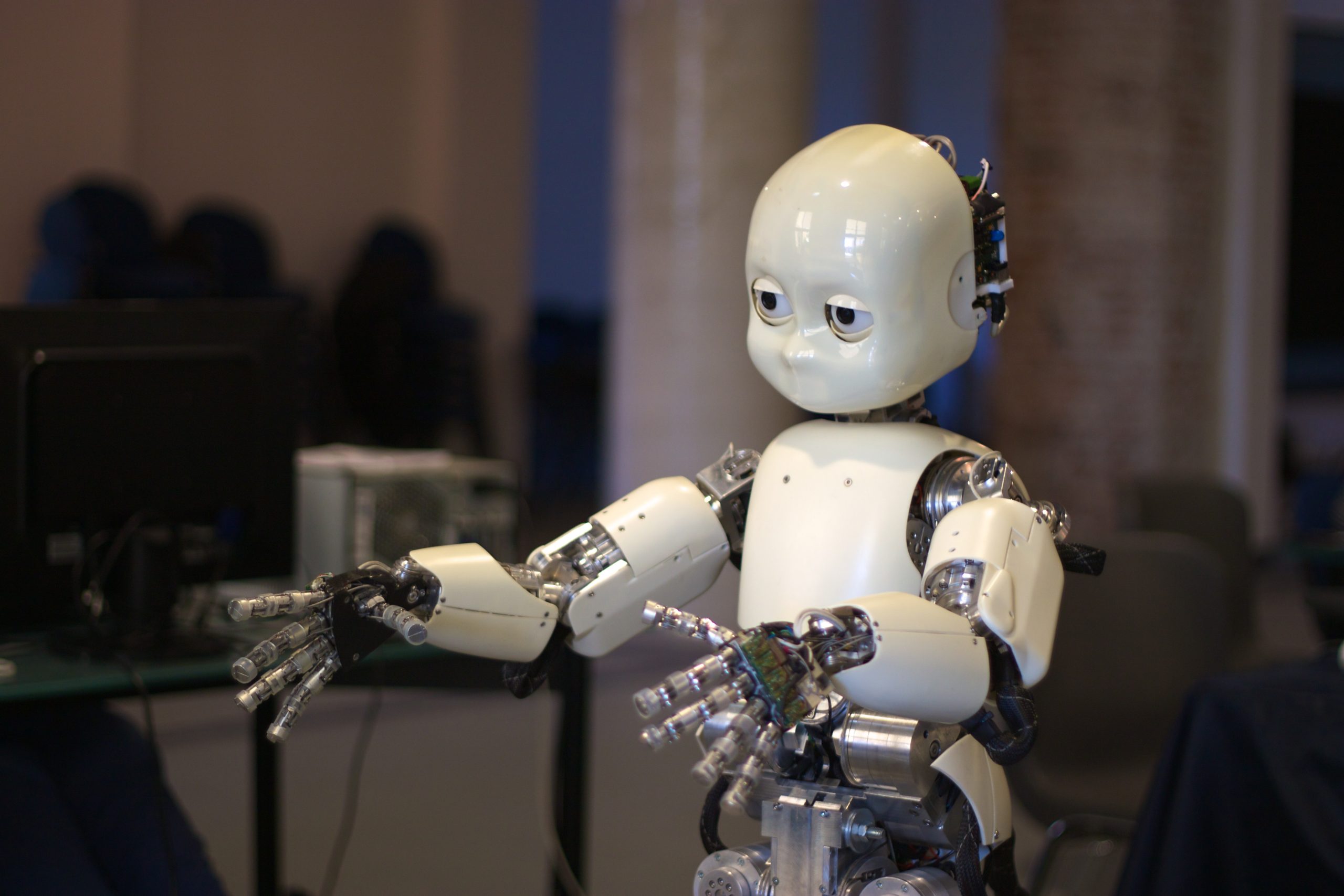Nadine happily greets you and smiles while looking you straight in the eye. She not only remembers your name, she also recalls details of your last conversation. Her skin feels smooth and soft, as she shakes your hand. She is attempting to be friendly, yet there is a noticeable emptiness behind her eyes. That is because Nadine is not human. She is a robot—a humanoid.
No, this is not the premise of a science-fiction drama on Channel 4. This is reality. And thanks to scientists at Nanyang Technological University (NTU) in Singapore, social robots like “Nadine” are poised to become household fixtures in the not-so distant future.
This particular social robot, Nadine, was modelled after her creator, professor Nadia Thalmann, Director of the Institute for Media Innovation. Just before the New Year, Thalmann introduced Nadine to the world at NTU’s new media showcase. Nadine is made using intelligent software similar to Apple’s Siri or Microsoft’s Cortana; her inception is thanks in part to technological improvements in silicon chips, sensors, and computation that are further advancing robotics and the implications of its commercialisation.
Thalmann said recent advancements in robotic technologies have led to its use in manufacturing and logistics. Robots, she said, can be a further asset to the workforce and at home: “As countries worldwide face challenges of an aging population, social robots can be one solution to address the shrinking workforce, become personal companions for children and the elderly at home, and even serve as a platform for healthcare services in future.”
A humanoid like Nadine is at the high-end of the spectrum for how this technology can apply to everyday life. At a lower cost, a social companion can be made virtual, appearing on a television or computer screen.
“This is somewhat like a real companion that is always with you and conscious of what is happening”, said Thalmann. “So in future, these socially intelligent robots could be like C-3PO, the iconic golden droid from Star Wars, with knowledge of language and etiquette.”
Nadine was not NTU’s only unveiling. There is another robot called EDGAR.
A 3-D avatar, EDGAR is a tele-presence robot that is able to project the gestures of its human user. EDGAR can be used remotely from anywhere in the world just by having a person stand in front of a specialised webcam. The human’s face and expressions are projected onto EDGAR’s face simultaneously, and the robot can imitate the human’s upper body movements.
EDGAR can independently deliver a speech or act out a script. With an integrated webcam, it can track those he encounters to engage in conversation, provide informative answers, or give cheeky banter. This makes EDGAR an ideal social bot for tourist attractions or visitor kiosks.
Or, for a loftier actualisation, EDGAR can allow a person to be at several places at the same time. NTU’s Gerald Seet, associate professor at the School of Mechanical & Aerospace Engineering and the BeingThere Centre, led the team that created EDGAR. He said this innovation has positive implications for education and business:
“In future, a renowned educator giving lectures or classes to large groups of people in different locations at the same time could become commonplace”, he said. “Or you could attend classes or business meetings all over the world using robot proxies, saving time and travel costs.”
In the meantime, as businesses express interest, NTU is looking to partner with industry, scale-up the technology, and bring social robots to the market.
Image: Jiuguang Wang

